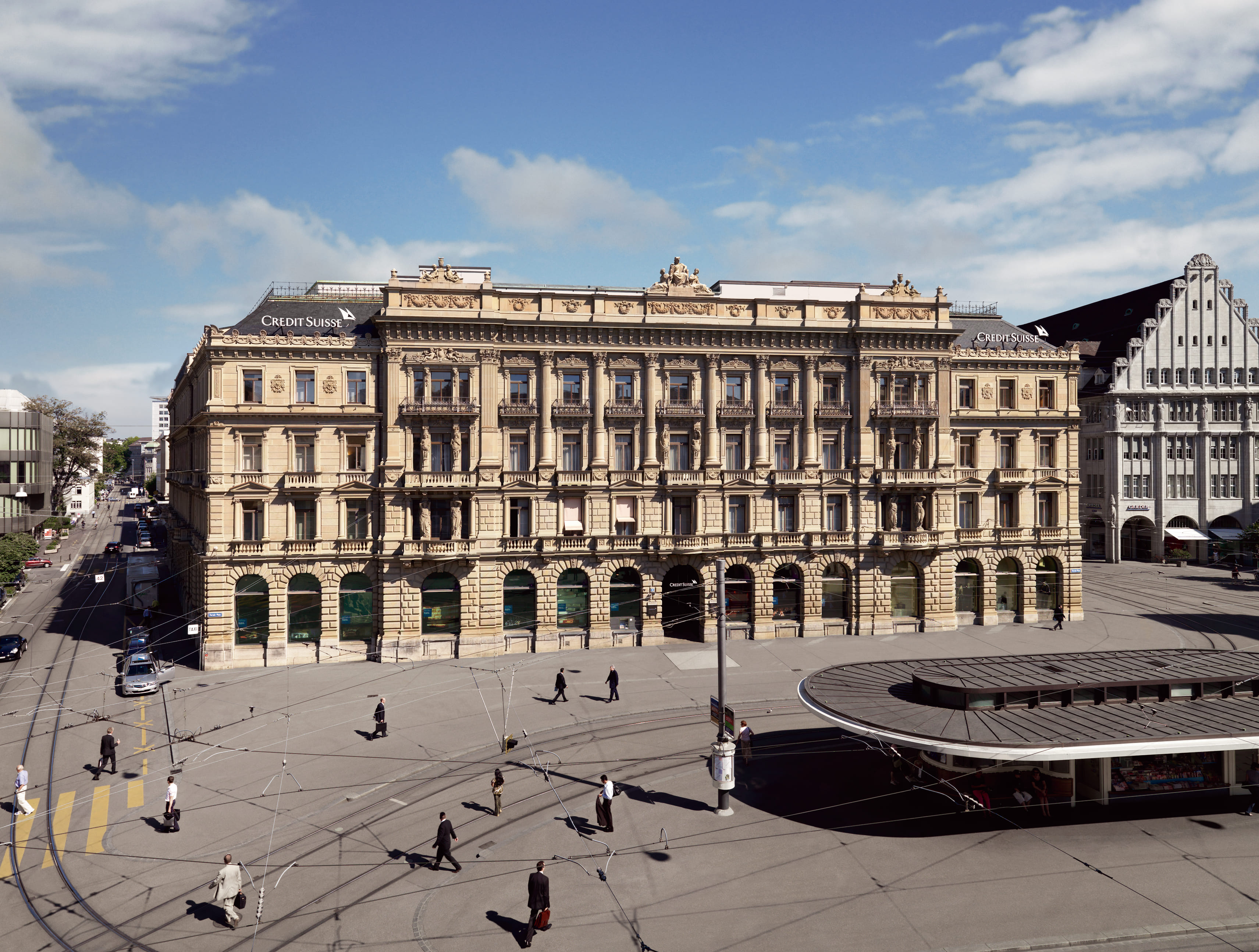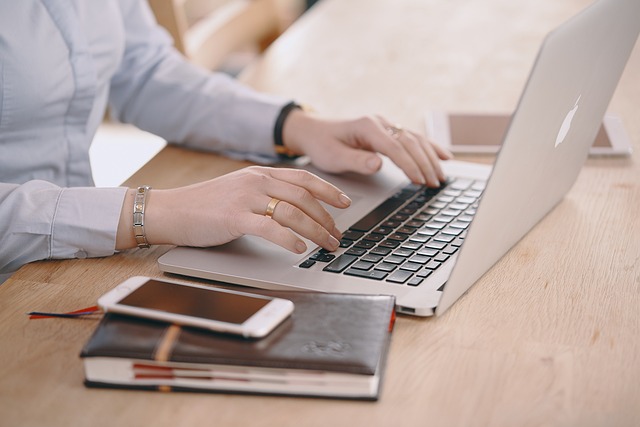
Case Management Tool is used by office staff to comply with government regulations and to defend the
bank from different risk types such as Reputation, Crime, Sustainability, etc.
This application has multiple roles with different functionality and levels of access to
information.
Build a collaborative tool that will allow bank users to move the whole risk assessment process to one digital environment with usable and efficient features that simplify the workflow and speed up the response to the end-clients.
One of our main challenges was to build a tool that would be simple and understandable.
Apart from that, additional needs were:
Applying a user-centric approach, we focused on delivering solutions that would serve business
requirements, would be aligned with the core design library, and solve users’ pain points.
Actions we decided to make:
I was mainly responsible for delivering high-fidelity design using Sketch and developing prototypes in Invision. In general, I worked on different stages of the design process including ideation, wireframing, prototyping, and usability testing.
Understand business requirements and users' pain points. Define the scope of the project in terms of design.
Create UI design solutions to address identified users' pain points using existing Design System components
Build prototypes in Invision for collaboration and presentation
Test prototype with users from different Banking Divisions
Design thinking is a non-linear, iterative process that teams use to understand users, challenge assumptions, redefine problems and create innovative solutions to prototype and test.
Based on BRDs, we defined and built assumptions which could solve users needs and bring them intuitive design.
Together with the Design Lead, we created mockups and wireframes that were discussed with Project Team and BAs.
After agreeing with the Project Team, I have started to work on a hi-fi design using reusable components from the Design System.
I have built a main prototype which reflects the whole process and another advanced prototype for User testing.
During the sessions I gathered observations and feedback. All findings were collected and summarised in detailed reports.
User Testing and Interviews revealed new insights which led us to another brainstorming and design adjustments.
The goal of having Usability Sessions was to check design assumptions and define the key points which need to be improved. We conducted Usability Testing via a video call where we provided a scenario and task that testers should complete. We had a chance to observe how testers are interacting with the prototype and where they stuck. Testers commented on their actions and thoughts.
Summarising all findings, we analysed and prioritised them by type of groups related to business, ux/ui design.
After the test itself, we interviewed users and collected overall satisfaction feedback. Number of questions were not limited, users were happy to share their thoughts of improvements or outlined other pain points which were hidden before.

The results of user interviews showed that users rated new design higher compared with the current tool, they see improvements and simplification of the flow. I ended up with more than 300 screens which were handed over to the development team. Unfortunately due to signed NDA I can't show the actual screens.